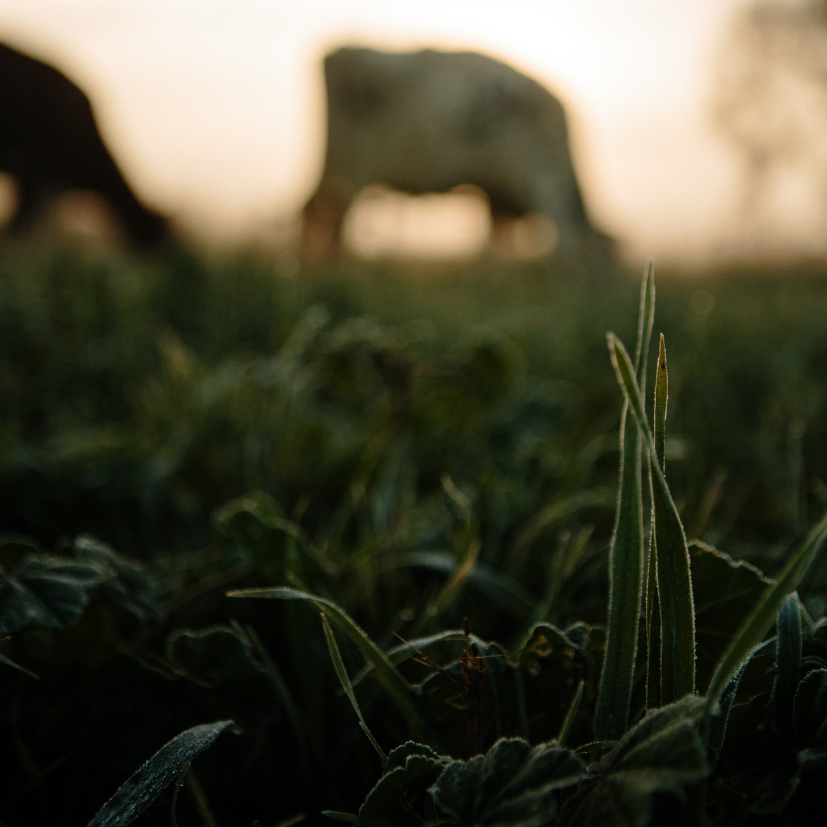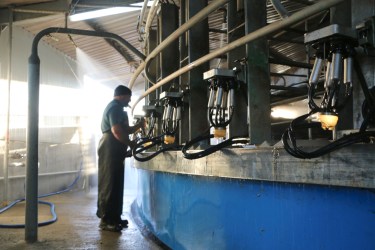By Tim Archer
It’s that time of year again… spring is in the air, the temperature is rising, and we’ve entered the grazing season with gusto. This can often come with its own challenges, but this year is surprisingly different; spring grazing utilisation is the best we’ve seen in years and residuals are tight and clean.
Not to mention that the grass wedge is of great quality. Cows are eating the grass down well, and in turn, it’s not over mature. It’s the most digestible that we’ve seen for some time.
A great example of one of our clients’ grazing wedge is shown below; to have grass growth under such control this early in the season sets an enviable scene for the rest of the year. “It’s always better to be ahead of the grass growth curve at this time of year. If you get behind now, you create problems for the rest of the season”.

If you don’t feel the same and find that your cows are not grazing well enough, then you may need to adapt your approach, starting with an understanding of the importance of daily grazing pressure and reaching target residuals:
- To avoid wasting grass
- To avoid poor-quality grass in subsequent rotations
- To avoid ‘topping’
- To encourage the most productive grass species in the sward
- To maximise intakes
- To maximise milk production from grazed forage!
It is also worth considering techniques that can help to minimise damage to swards and soil too. Reviewing your policy to include the percentage of farm grazed will allow for a more targeted approach to grassland management, helping to improve overall grazing efficiency, and drive profits.
Would you like to know more? Our Farm Business Consultants have a breadth of knowledge and experience to help you understand and evaluate your grazing cover targets, growth rates and quality of grass.







